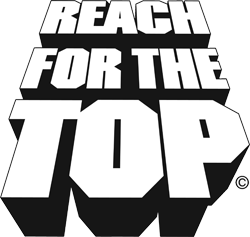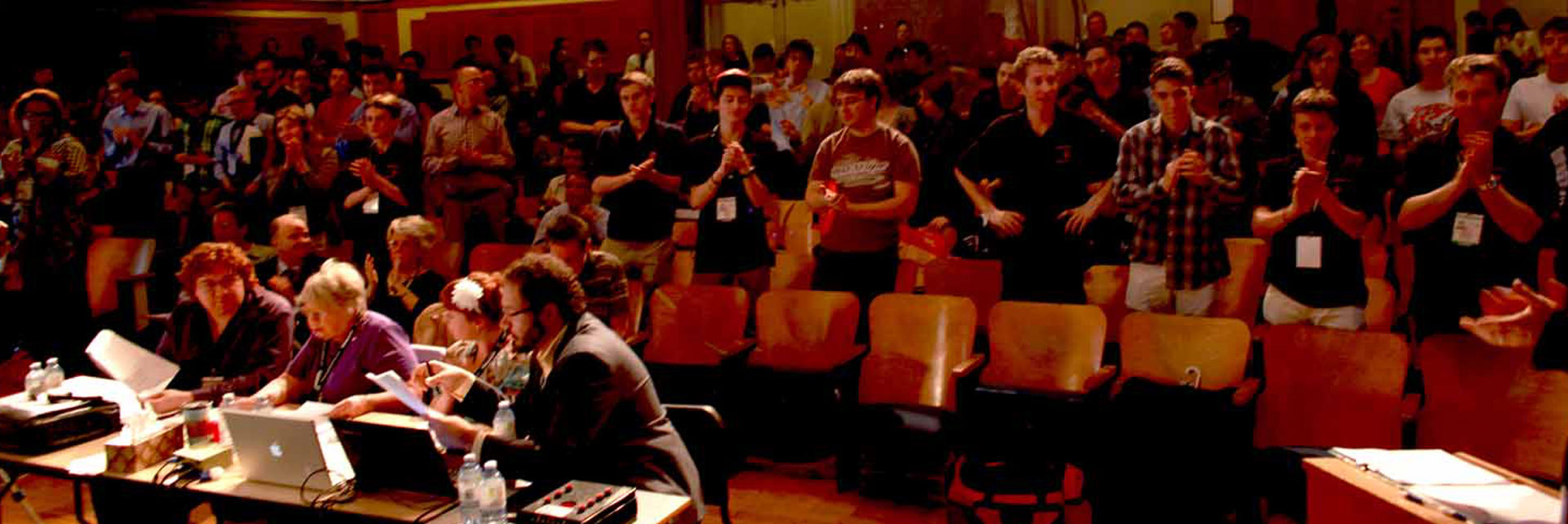If your school wishes to join Reach For The Top and the Schoolreach programme, you will require a teacher coach, who will have to request a subscription package from us. You can request one here.
The subscription package will be sent to your school for your consideration for a 30 day period, at which point if you do decide to subscribe, simply send a cheque attached to the enclosed invoice. If your school decides not to join, return the package to us. Simple as that!
We will also put you in touch with the league coordinator in your area, who organizes your inter-school tournaments.
Your team will then be invited to inter-school tournament games in your area, where if your team is lucky enough to win, you could qualify for the Provincial Finals, and potentially, the National Finals.

